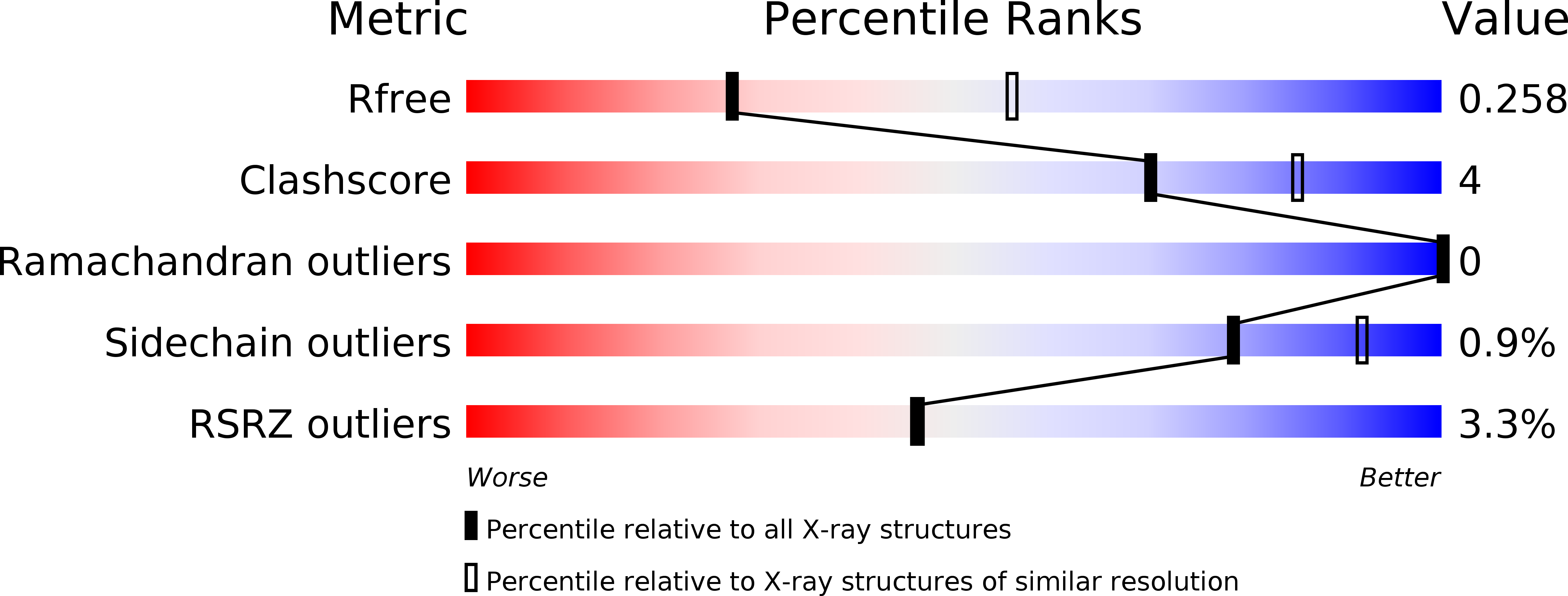
Deposition Date
2016-12-21
Release Date
2017-09-20
Last Version Date
2024-11-20
Entry Detail
PDB ID:
5UBX
Keywords:
Title:
Crystal structure of a mutant mIgG2b Fc heterodimer in complex with Protein A peptide analog Z34C
Biological Source:
Source Organism:
Mus musculus (Taxon ID: 10090)
Staphylococcus aureus (Taxon ID: 1280)
Staphylococcus aureus (Taxon ID: 1280)
Host Organism:
Method Details:
Experimental Method:
Resolution:
2.70 Å
R-Value Free:
0.25
R-Value Work:
0.20
R-Value Observed:
0.21
Space Group:
P 43 21 2


